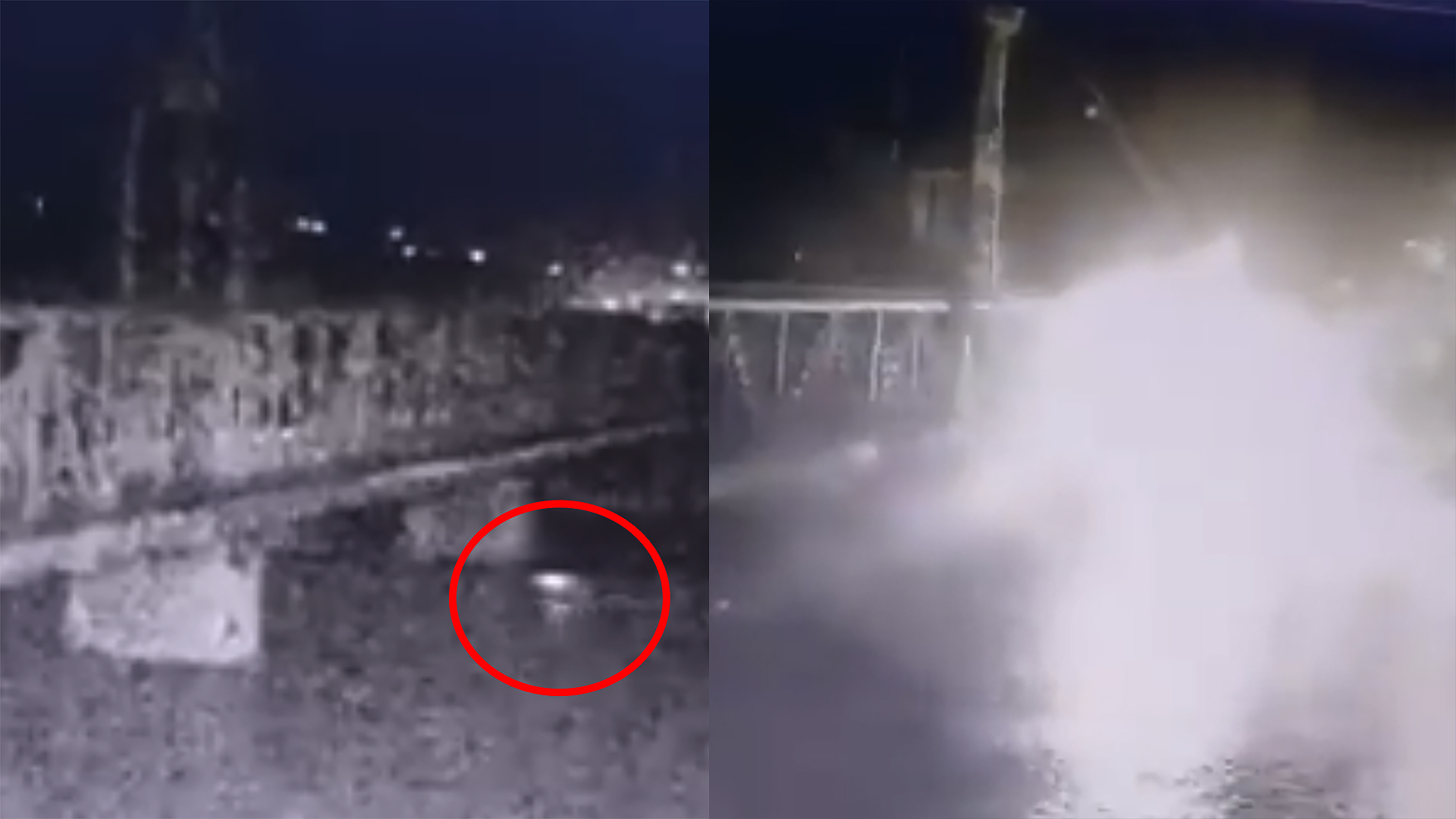Video has emerged on social media of what appears to be a Russian unmanned vessel attacking a bridge south of Odesa.
Russian media and milbloggers are claiming the road and railway bridge in Zatoka in the Odesa region was hit by an unmanned surface vessel. The actual damage to the bridge, which links the region with the rest of Ukraine, could not immediately be ascertained.
An 18-second video shared on Twitter appears to be a recording of people watching a video on a computer screen. A small, swiftly moving vessel passes under the bridge in between two supports and explodes at about the 8-second mark. There is a bright flash and clouds of white smoke, but the video cuts off before the extent of damage can be shown.
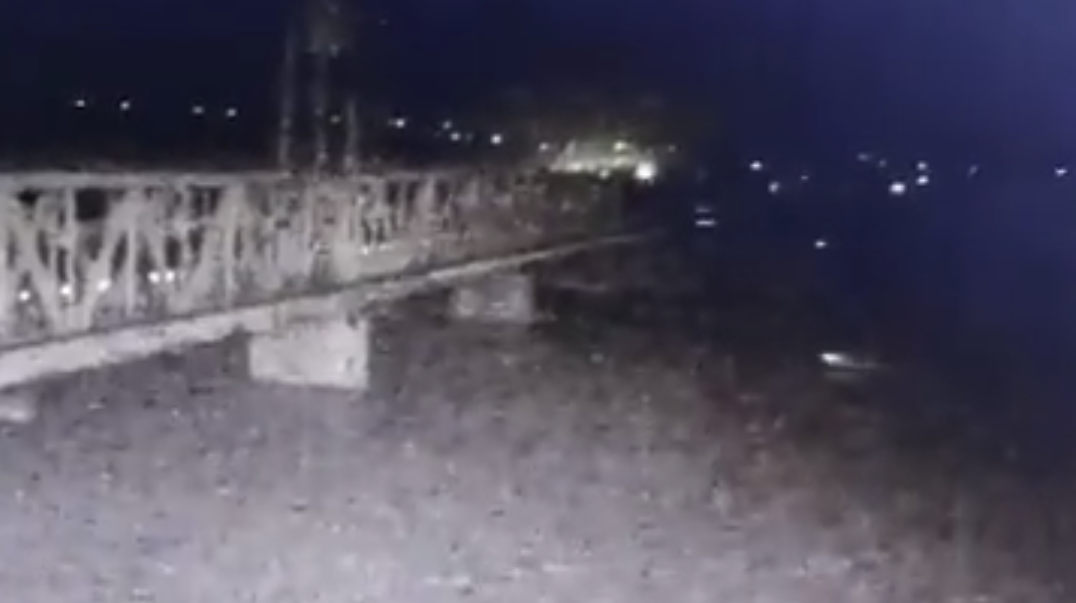
The War Zone could not independently verify that the object that struck the bridge was a Russian unmanned surface vessel and there was no official word from either the Russians or Ukrainians. But if it was, this would mark the first known use of this type of weapon by Moscow.
“According to Ukrainian media reports, surface kamikaze UAVs were [sent] from the Black Sea,” according to the Telegram channel of the Russian Mash media outlet, which did not cite which Ukrainian media reported this. “The pillars of the building were damaged.”
The Russian Rybar Telegram channel also reported that there appears to be at least some damage to the bridge.
“It is difficult to talk about the scale of damage based on the available footage, but, apparently, the bridge supports were damaged,” Rybar reported. “This is the only railway bridge leading to the western part of the Odessa region directly through the territory of Ukraine. An alternative shortest route is the road, which runs almost 8 km through the territory of Moldova.”
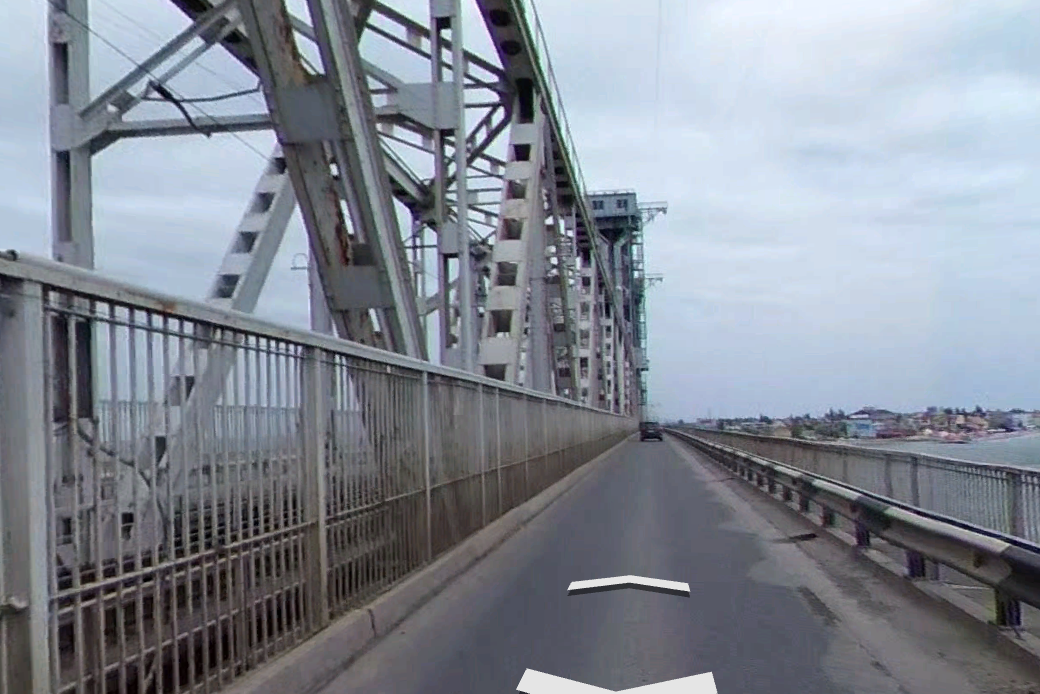
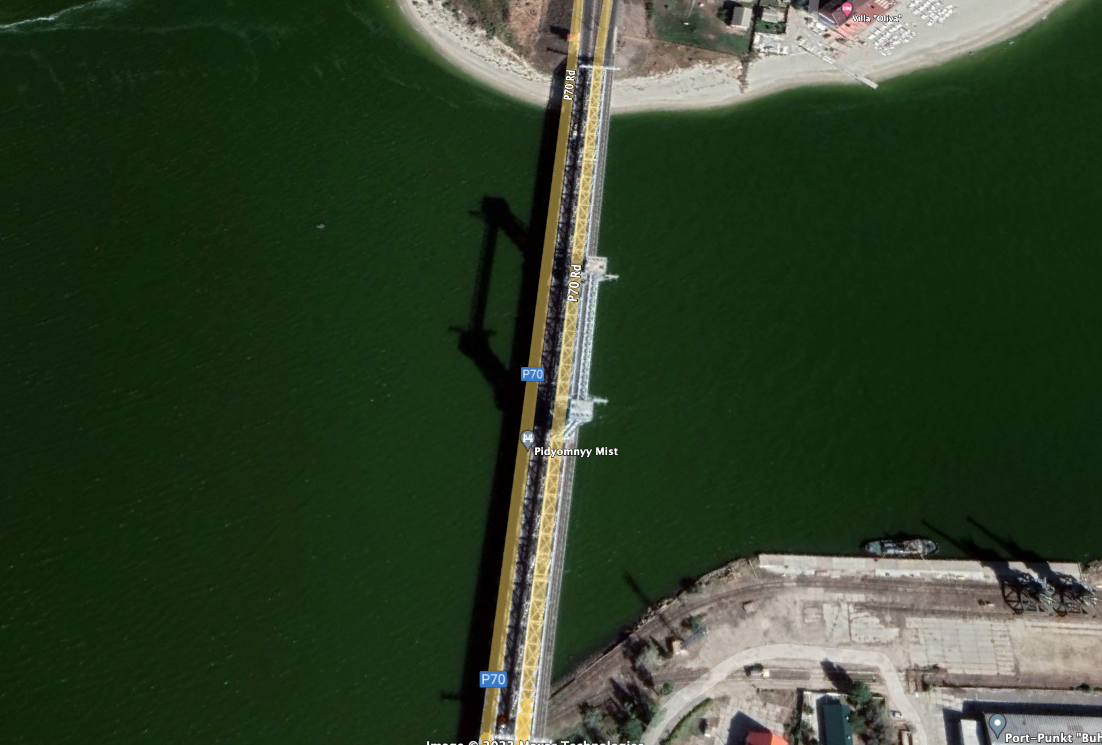
While the bridge has been repeatedly attacked before, “there were no reports of the use of underwater vehicles by the RF Armed Forces,” Rybar reported. “And the appearance in the arsenal of new tools involved in combat missions cannot but rejoice.”
Ukraine, as we have reported previously, has used explosive-laden unmanned boats before, including in a large-scale October attack on Sevastopol, home of the Russian Black Sea Fleet. Russian sources claimed Ukraine used them again a few weeks later in Sheskharis Harbor in Russia’s Black Sea port of Novorossiysk.
Kyiv has also launched a fundraising effort to purchase as many as 100 of those boats.
If this attack was indeed carried out by a Russian unmanned surface vessel, it means Moscow has yet another method of attacking Ukrainian forces. Such weapons could also conceivably be elsewhere on the Black Sea, around Odesa as well as the port city of Ochakiv, which has come under constant Russian bombardment.
It’s even possible they could be used on the Dnipro River to attack Ukrainian positions in and around Kherson City, as well as potentially targets along the Southern Bug River, including maybe even Mykolaiv.
If this is the first use of a Russian ‘kamikaze’ drone boat, the big question is how are they controlled? Having line-of-sight connectivity is usually needed unless more advanced communications systems are used. Ukraine appears to have leveraged Starlink for beyond-line-of-sight direct control capabilities for its drone boats, but having a boat navigate to the target area autonomously using a relatively simple autopilot, then handing off control to an operative nearby, is the most likely operational concept being employed. Also, where did Russia get these systems? Its close ally and weapons supplier Iran is a notorious pioneer when it comes to this niche capability.
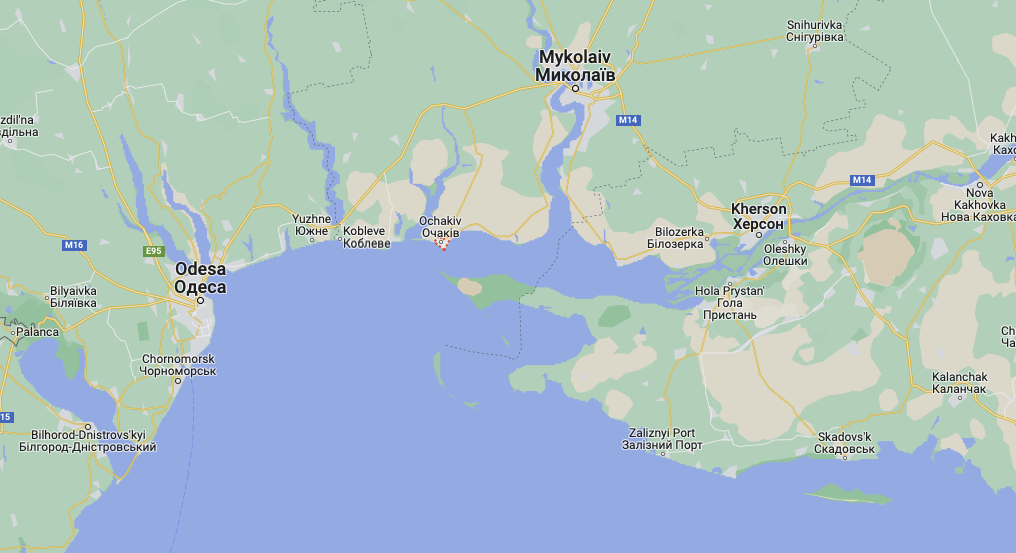
Before we head into the latest news from Ukraine, The War Zone readers can get caught up with our previous rolling coverage here.
The Latest
Conflicting information is coming of out of Ukraine in the aftermath of another massive Russian missile barrage that added more damage to the nation’s power infrastructure.
Earlier Friday, Ukrainian Gen. Valery Zaluzhny, commander-in-chief of the Ukrainian Armed Forces, said that missiles fired from Russian ships in the Black Sea entered the airspace of NATO member Romanian and Moldova.
That set off a flurry of speculation of potential escalation of the situation, but Romania’s Defense Ministry (MoD) quickly denied the assertion about its airspace.
On Friday, the Romanian Air Force air surveillance system detected an aerial target launched by a Russian Federation ship in the Black Sea, near the Crimea Peninsula, according to the Romanian MoD.
“The target is most likely a cruise missile, which flew over the air space of Ukraine and the Republic of Moldova and reentered the Ukrainian air space without ever infringing Romania’s air space,” the MoD said in a media release. “The closest point of the aerial target’s trajectory from the Romanian air space was recorded by the radar systems to be at almost 35 kilometers northeast from the border.”
Romanian authorities “applied all standard procedures since the moment the target was detected until the complete clarification of this situation. Furthermore, at 10.38 a.m., two Romanian Air Forces’ MiG-21 Lancer aircraft of the NATO-led Air Policing Service, which were executing a flight exercise at that moment, were redirected to the Northern area of Romania in order to increase the reaction options.”
After about two minutes, after the situation was clarified, the Lancers resumed their initial mission, according to the Romanian MoD.
Even after the Romanian denial, Ukrainian President Volodymyr Zelensky repeated the assertion that a Russian missile flew over Romania.
“At least 60 missiles were shot down,” Zelensky wrote on his Telegram channel. “Their targets were civilians, civilian infrastructure. Unfortunately, there were hits. Unfortunately, there are victims. My condolences to the relatives and friends!”
“Several Russian missiles flew through the airspace of Moldova and Romania. Today’s missiles are a challenge to NATO, collective security. This is terror that can and must be stopped. Stopped by the world.”
Ukrainian Air Force spokesman Col. Yuri Ignat also said that a missile flew over Romania.
“Two missiles were observed by radar over Moldova, then crossed the airspace of Romania, a NATO member country, and then already flew to the Chernivtsi region,” he said Friday. “There are radar data, there are means of objective control. Undoubtedly, NATO member countries were watching this situation. I think that there will be materials that will confirm this, from the systems, from the radars where these missiles were spotted. Because this is not the first time that Russia provokes in this way. The territory of Moldova has already been used at least three times.”
The U.S. State Department acknowledged that Moldovan officials confirmed that a Russian missile overflew Moldovan airspace. But spokesman Vedant Patel did not confirm that one flew over Romania.
“At this time, we have no indication of a direct military threat by Russia against Moldova or Romania,” he told reporters during a briefing Friday afternoon. “And more broadly, we support Moldova’s sovereignty and territorial integrity as well as its constitutionally guaranteed neutrality.”
Meanwhile, the damage to Ukrainian power infrastructure was extensive, said Ukrainian Prime Minister Denys Shmyhal on his Telegram channel.
“In general, almost two dozen power units of thermal power plants remain damaged due to constant attacks,” he wrote on his Telegram channel. “If we add to this the fact of the occupation of part of our energy facilities, then Ukraine temporarily lost 44% of nuclear generation, 75% of thermal power plants and 33% of block thermal power plants. Every second Ukrenergo substation was attacked in four months.”
“Despite this terror, the absolute majority of Ukrainians remain with heat, water and electricity. Repairs are underway, there are enough resources to finish the winter, generators are arriving, energy equipment from partners is leaving.”
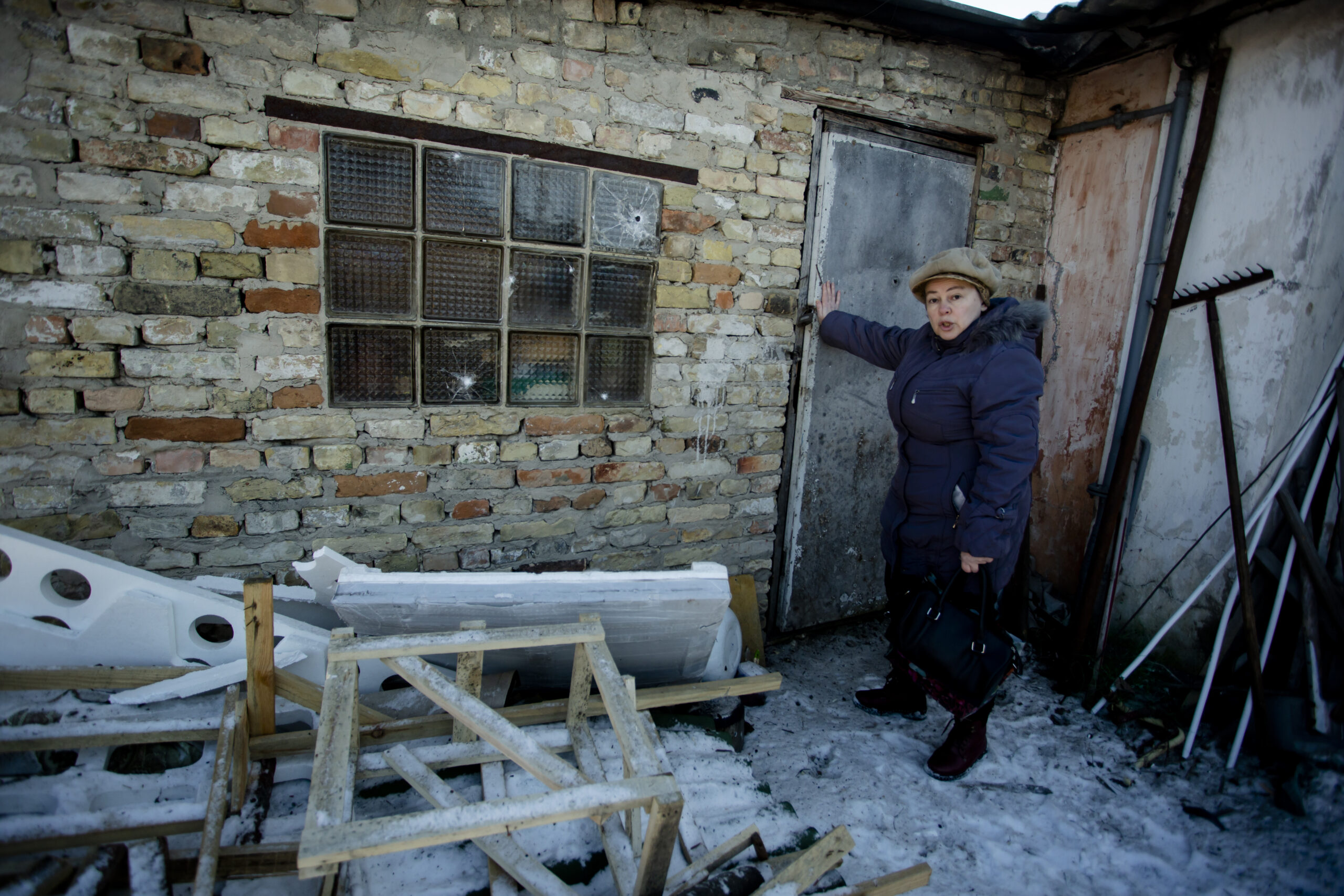
Ukrainian officials said they require coordinates provided or confirmed by the United States and its allies for the vast majority of strikes using its advanced U.S.-provided rocket systems, The Washington Post reported on Thursday, a previously undisclosed practice that reveals a deeper and more operationally active role for the Pentagon in the war. The Post writes:
“The disclosure, confirmed by three senior Ukrainian officials and a senior U.S. official, comes after months of Kyiv’s forces pounding Russian targets —including headquarters, ammunition depots and barracks — on Ukrainian soil with the U.S.-provided High Mobility Artillery Rocket System, or HIMARS, and other similar precision-guided weapons such as the M270 multiple-launch rocket system.”
After Zelensky attend the European Union meeting, Ukraine is starting to make official pitches for fighter jets.
Kyiv has officially asked the Netherlands for F-16 fighters, the Dutch NOL news site reported, citing Defense Minister Kajsa Ollongren.
Zelensky has asked for “wings for freedom,” NOL reported.
According to Ollongren, the request is understandable but not easy to comply with.
“We need to discuss the availability of F-16s with the Americans and other allies,” says Ollongren. “And we have to look seriously at the consequences, it can’t just happen overnight. We have to be honest about that.”
You can read about what it will really take to train Ukrainian pilots to fly the F-16 in our deep dive here.
Slovakia too is going to start talking about delivering MiG-29 fighter jets to Ukraine now once Kyiv has officially asked for the planes, Prime Minister Eduard Heger said on Friday, according to Reuters.
To date, Western nations have been reluctant to send Ukraine fighters or long-range weapons out of fear of further antagonizing Russia.
Zelenskiy said on Thursday he had heard from several European Union leaders at a summit that they were ready to provide Kyiv with aircraft, according to Reuters, hinting at what would be one of the biggest shifts yet in Western support for Ukraine.
As Russia’s all-out war in Ukraine nears the one-year mark, Kyiv is preparing both to defend against a looming offensive in the east and for its own push – most likely down through Zaporizhia Oblast to Melitopol – aiming toward Crimea.
To help with that latter objective, the Ukrainian Armed Forces say they are forming new assault brigades of the National Guard “to participate in the liberation of Luhansk, Donetsk and Crimea,” according to the Ukrainian Media Center.

“There are a number of National Guard brigades – these are operational brigades – which are formed according to the principle of assault brigades of the National Guard,” Col. Artem Illyukhin, commander of the 4th Rapid Reaction Brigade of the National Guard of Ukraine, told reporters Friday at the Ukrainian Media Center. “The brigades are faced with the tasks that were at the beginning of the full-scale aggression and in the summer — shock and assault tasks, offensive tasks. In accordance with the concept of development of these units, the number of brigades has been expanded. The state has a larger component for obtaining Western weapons and equipment. We are now looking for determined, motivated, patriotic citizens who have the desire to liberate the territories.”
Ilhyukin said there are already 2,000 applicants for these new strike brigades and that the volunteers will undergo a fairly rapid training program that begins with two weeks of what is essentially boot camp, followed by more in-depth training at the platoon level and battalion levels, all done to NATO standards.
On average, these volunteers are between 30 to 35 years old, he said.
“There are younger people and older people, but those who are older, are 40 to 45 years old,” said Illhyukin. “We select them according to this specific knowledge and expertise that they have acquired. We are looking at those who have been serving in the Ukrainian Armed Forces for example, the driver of the tank or someone who is aware of electronic warfare.”
Regardless of their role, the troops have to be fit and ready to die, he said.
“People should be aware of the fact that he is to keep on with all the challenges of the battle life. They should be very well fit. They should be ready to die, and to suffer all the coldness, all the heat, and the autonomous regime of action for up to 72 hours.”
Russia’s failed assault on Vuhledar in Donetsk Oblast is apparently drawing the ire of the Wagner mercenary group, according to the Russian Grey Zone telegram channel.
A new Russian BMP-3 has been spotted near the Kreminna front in Luhansk Oblast with additional side armor screens and a Sodema thermal sight.
Meanwhile, Ukrainian forces appear to be massing in Kreminna as well as both sides duke it out for this key town.
And finally, for at least one Russian soldier, his encounter with Ukrainian troops was not fatal.
That’s it for now. We’ll update this when there’s more to report.
Contact the author: howard@thewarzone.com
